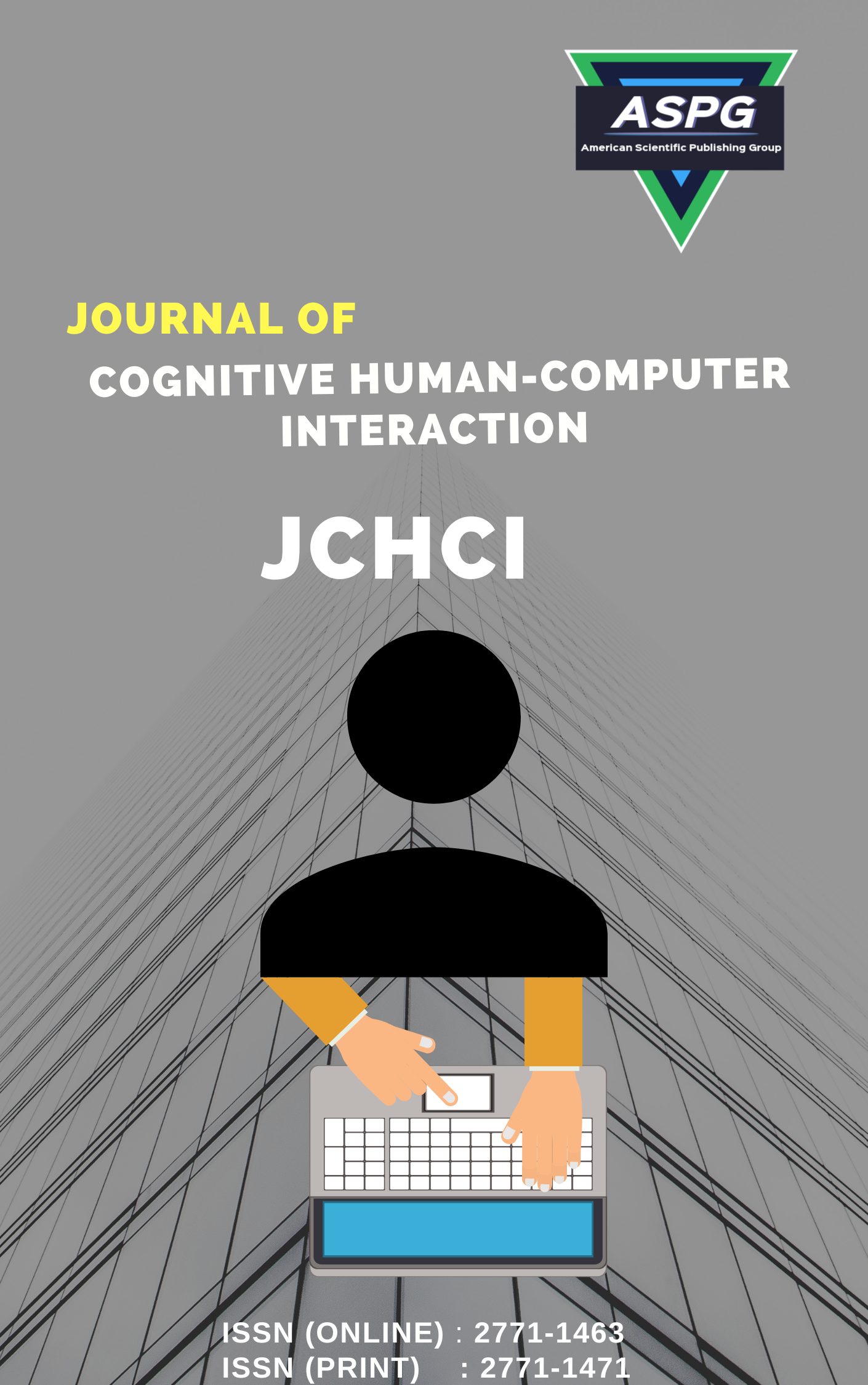

Volume 8 , Issue 2 , PP: 08-15, 2024 | Cite this article as | XML | Html | PDF | Full Length Article
Mahmoud M. Ismail 1 * , Mahmoud M.Ibrahim 2 * , Heba R. Abdelhady 3
Doi: https://doi.org/10.54216/JCHCI.080201
The defect prediction in the manufacturing of steel is a critical challenge because it affects the quality and safety of the products. For this reason, intelligent image fusion approach is introduced in this research to enhance accurate prediction of defect types and locations in steel materials. By utilizing U-Net architecture and pretrained ResNet18 encoder layers, our method performs fusion of data from several imaging modalities thus supporting precise localization as well as classification of defects. In our model’s learning curves as well as comparing predicted segmentation masks with ground truth images, extensive experimentation and visualization show that our model captures subtle defects very well. By so doing, it exhibits robust performance that mitigates risks associated with overfitting since it can accurately identify any flaw while still having the ability to accept unseen data from other sources. These results suggest that our approach can highly contribute to improving quality control and safety standards for steel production.
Information Fusion , Steel Manufacturing , Defect Recognition , Defect Localization.
[1] Ghorai, S., Mukherjee, A., Gangadaran, M., & Dutta, P. K. (2012). Automatic defect detection on hot-rolled flat steel products. IEEE Transactions on Instrumentation and Measurement, 62(3), 612-621.
[2] Hao, R., Lu, B., Cheng, Y., Li, X., & Huang, B. (2021). A steel surface defect inspection approach towards smart industrial monitoring. Journal of Intelligent Manufacturing, 32, 1833-1843.
[3] Medina, R., Gayubo, F., González-Rodrigo, L. M., Olmedo, D., Gómez-García-Bermejo, J., Zalama, E., & Perán, J. R. (2011). Automated visual classification of frequent defects in flat steel coils. The International Journal of Advanced Manufacturing Technology, 57, 1087-1097.
[4] Yu, J., Wang, Y., Li, Q., Li, H., Ma, M., & Liu, P. (2023). Cascaded adaptive global localisation network for steel defect detection. International Journal of Production Research, 1-18.
[5] Zhou, H., Chen, J., Hu, Q., Zhao, X., & Li, Z. (2023). A Novel Relocalization Method-Based Dynamic Steel Billet Flaw Detection and Marking System. Electronics, 12(23), 4863.
[6] Lee, S. Y., Tama, B. A., Moon, S. J., & Lee, S. (2019). Steel surface defect diagnostics using deep convolutional neural network and class activation map. Applied Sciences, 9(24), 5449.
[7] He, Y., Song, K., Meng, Q., & Yan, Y. (2019). An end-to-end steel surface defect detection approach via fusing multiple hierarchical features. IEEE transactions on instrumentation and measurement, 69(4), 1493-1504.
[8] Cho, Y. S., & Kim, S. B. (2021). Quality-discriminative localization of multisensor signals for root cause analysis. IEEE Transactions on Systems, Man, and Cybernetics: Systems, 52(7), 4374-4387.
[9] Mohamed, M. (2023). Empowering deep learning based organizational decision making: A Survey. Sustainable Machine Intelligence Journal, 3, 5-1.
[10] Smith, A. D., Du, S., & Kurien, A. (2023). Vision transformers for anomaly detection and localisation in leather surface defect classification based on low-resolution images and a small dataset. Applied Sciences, 13(15), 8716.
[11] Ciecieląg, K., Skoczylas, A., Matuszak, J., Zaleski, K., & Kęcik, K. (2021). Defect detection and localization in polymer composites based on drilling force signal by recurrence analysis. Measurement, 186, 110126.
[12] Akhyar, F., Furqon, E. N., & Lin, C. Y. (2022). Enhancing precision with an ensemble generative adversarial network for steel surface defect detectors (EnsGAN-SDD). Sensors, 22(11), 4257.
[13] Gao, S., Xia, T., Hong, G., Zhu, Y., Chen, Z., Pan, E., & Xi, L. (2023). An inspection network with dynamic feature extractor and task alignment head for steel surface defect. Measurement, 113957.
[14] Ranjan, R., Khan, A. R., Parikh, C., Jain, R., Mahto, R. P., Pal, S., ... & Chakravarty, D. (2016). Classification and identification of surface defects in friction stir welding: An image processing approach. Journal of Manufacturing Processes, 22, 237-253.
[15] Velázquez, J. C., Hernández-Sánchez, E., Terán, G., Capula-Colindres, S., Diaz-Cruz, M., & Cervantes-Tobón, A. (2022). Probabilistic and statistical techniques to study the impact of localized corrosion defects in oil and gas pipelines: a review. Metals, 12(4), 576.
Tang, B., Chen, L., Sun, W., & Lin, Z. K. (2023). Review of surface defect detection of steel products based on machine vision. IET Image Processing, 17(2),